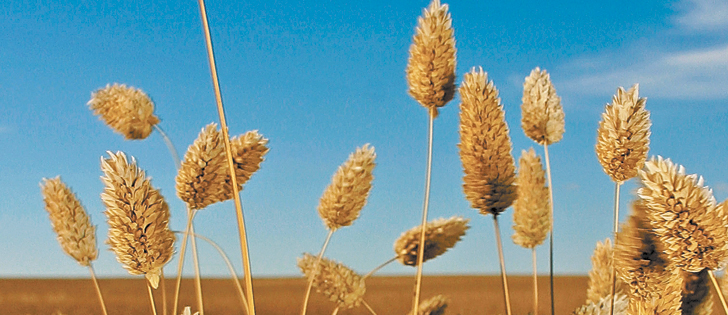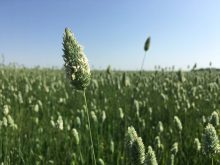An analyst says there could be fireworks in the canaryseed market this winter, while one exporter forecasts something more akin to a flickering candle.
Canadian canaryseed prices have experienced an “enormous uptrend” over the past dozen years until 2015 arrived and there was a downward correction, said Harold Davis, author of Prairie Crop Charts.
It’s a different story south of the border where U.S. prices have been trending down since 2011 and that is the price that buyers watch.
“For foreign commercials they think, well, canary is weak, it’s under pressure, it’s always getting cheaper,” Davis said.
Read Also

Critical growing season is ahead for soybeans
What the weather turns out to be in the United States is going to have a significant impact on Canadian producers’ prices
Buyers that used to pay 29 cents per pound for canaryseed were paying half that amount this spring. They are in no rush to stockpile the crop because it’s cheap and getting cheaper.
Davis said it is rare to have a seven-year downtrend and if it ever turns around there could be some panic buying as customers build their depleted inventories.
For the time being, the market has underlying support at around 20 cents per lb. and overhead resistance at about 25 cents per lb.
“We’ll probably go up to test the high end of that trading range but should we ever go through that (25 cents), it’s going to set off a scramble,” he said.
“Over the winter, we will see a four cent gain with possible fireworks on top of that.”
David Nobbs, managing partner of CanPulse Foods Ltd., said prices may be low in Canada but they aren’t for Mexican buyers because the peso is near an all-time low.
“They’re not stockpiling canary. In fact, we can hardly sell canaryseed,” he said.
Nobbs was bullish on canaryseed in July, refusing to sell a pound of the crop for six or eight weeks.
But yields are coming in better than anticipated just like durum, lentils and yellow peas. His own crop averaged 1,400 lb. per acre. He was expecting 850 lb.
Nobbs thinks Statistics Canada’s estimates of 254,410 acres and 116,000 tonnes of production are way off base.
There were 250,000 insured acres last year in Saskatchewan and another 50,000 uninsured. He believes acres are up 10 percent this year, resulting in 330,000 acres.
He is estimating 225,000 tonnes of production to meet about 150,000 tonnes of demand. Carryout is also bigger than the government number of 5,000 tonnes. The trade alone had about 15,000 tonnes heading into 2017-18.
Demand is “super lackluster” and growers don’t typically start selling the crop until January.
Nobbs forecasts prices in the range of 18 to 22 cents per lb.
“I don’t think it goes down much. I don’t think it goes up much. We’re going to be stuck in this range,” he said.


















